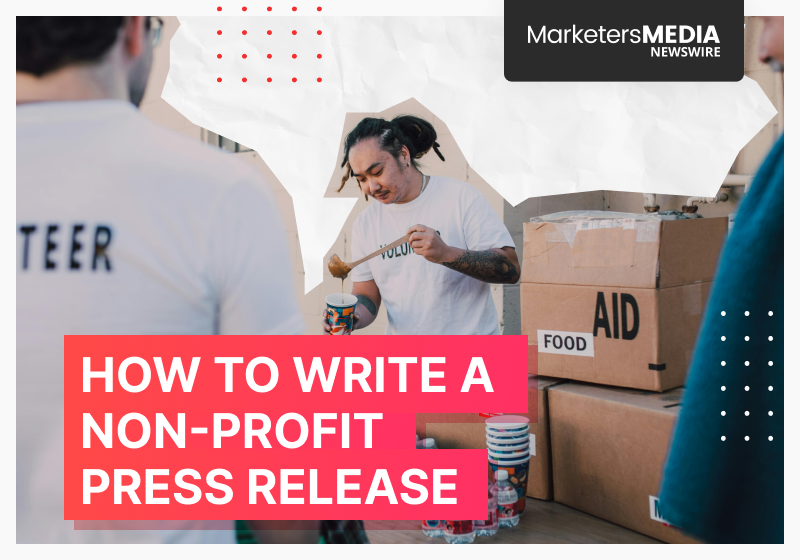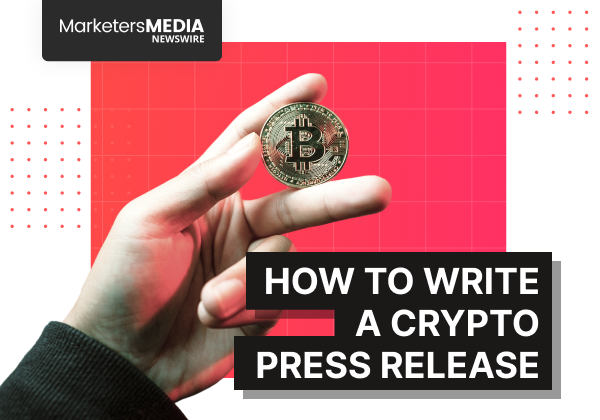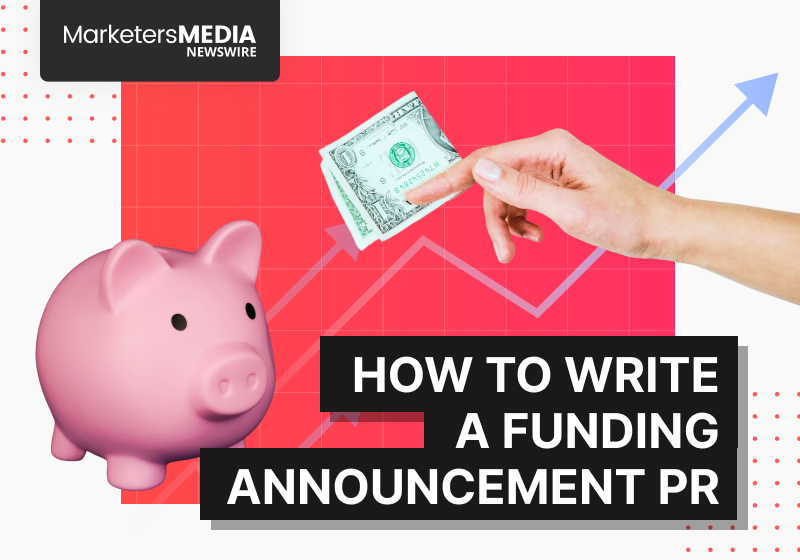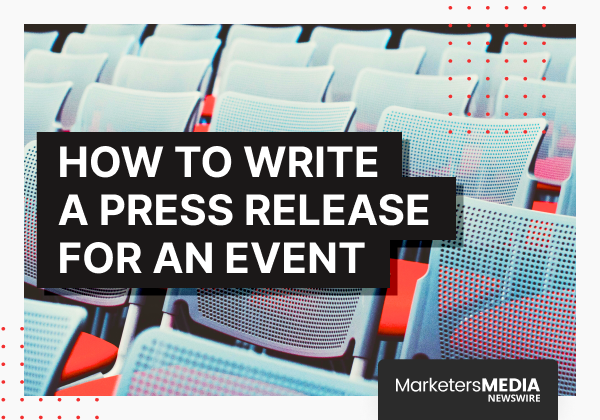A nonprofit press release is an official announcement that communicates important news about your organization's work, impact, and initiatives.
While it helps raise awareness, its purpose goes deeper.
A well-crafted nonprofit press release can attract volunteers, inspire donations, and generate media coverage that strengthens credibility.
When someone learns about your organization through a trusted news outlet rather than direct messaging, your cause gains an extra layer of legitimacy.
Why Nonprofit Press Releases Work Differently
You're not selling a product. You're inspiring people to support a cause.
That fundamental difference shapes everything about how you write. Your press release needs to make readers feel something: the lives changed, the problems solved, the communities strengthened.
Corporate press releases announce business metrics and company milestones. Yours needs to explain why your work matters and give people a clear way to get involved.
The emotional connection you create through storytelling sets nonprofit press releases apart. Pair that human element with concrete data, you give readers both heart and evidence — a compelling reason to pay attention and take action.
When to Issue a Nonprofit Press Release
Not every update deserves a press release, but most major milestones do. You should consider writing one for:
- Launching a new campaign or program
- Hosting fundraising events, galas, or community gatherings
- Reaching fundraising milestones or celebrating anniversaries
- Receiving significant grant funding, major donations, or awards
- Announcing new partnerships or major donors
- Appointing new executive leadership or board members
- Opening new offices or facilities
- Responding to current events that relate to your mission
- Publishing research or reports
- Groundbreaking ceremonies or ribbon cuttings
- Rebranding your organization
- etc.
The common thread? Each of these events tells a story about your impact and gives people a reason to care about your work.
How to Write a Nonprofit Press Release
The structure follows a standard format, but the content needs to reflect your mission-driven work.
Headline
Your headline needs to do heavy lifting in under 110 characters.
Focus on the impact or achievement, not just the event. Instead of "Local Nonprofit Hosts Annual Gala," try "Annual Fundraiser Raises Over $50,000 for Children's Hospital."
The second version shows the outcome and who benefits. That's what nonprofit headlines need to do.
Pro Tip!
Write your headline last. Once you've finished the full release, you'll know exactly what the most newsworthy angle is.
Summary
The summary appears right after your headline and expands on it with one or two sentences of context.
Think of it as a bridge between your headline and the full story. It gives readers just enough additional information to understand why they should keep reading.
Dateline
It is the location and date at the start of your first paragraph. Format: [City, State] - [Date].
E.g., “Boston, MA, November 17, 2025." This provides immediate context about when and where the news originates.
Lead Paragraph
Your opening sentences must answer the five Ws: Who, What, When, Where, and Why.
This paragraph passes the "so what" test. It explains why anyone outside your organization should care. Focus on community benefit and human impact, not internal logistics.
Body
Use the inverted pyramid method. Most important information first, supporting details second, background information last.
Explain the purpose behind your news. If you're announcing a volunteer day, don't just give logistics. Explain the community need you're addressing and how volunteers will make a difference.
Focus on the human element. Tell the story of one person your organization has helped. Give them a name (with permission). Describe their situation before and after your intervention. This makes your work tangible and relatable.
Combine emotion with data. "Maria couldn't afford school supplies for her three children" paired with "1 in 8 families in our county face similar struggles" creates a powerful narrative that's both personal and systemic.
Avoid nonprofit jargon. Don't say "stakeholder engagement" when you mean "community involvement." Don't say "capacity building" when you mean "training volunteers." Write for someone who knows nothing about your field.
Keep your press release to one page, or about 400-500 words. Longer releases get ignored.
Quotes
Include 2-3 quotes from different perspectives.
Feature your executive director explaining the significance of the news. Include a beneficiary sharing how your organization helped them. Add a volunteer or donor describing why they support your cause.
Nonprofit quotes should sound human and heartfelt, not polished and corporate. "This grant means we can serve 200 more families this year" works better than "We're pleased to announce this strategic funding opportunity."
Write quotes in the first person, as if the person is speaking directly to the reader.

Boilerplate
This standard paragraph appears at the end of every press release. It briefly describes your organization's mission, history, and core activities.
Keep it to 3-4 sentences. Update it periodically to reflect growth and evolution.

Contact Information
List a specific person media can reach for more information. Include:
- Full name and title
- Email address
- Organization name
- Website URL

Best Practices for Nonprofit Press Releases
Use short sentences and short paragraphs. Break up text with subheadings if your release runs long.
Add visuals that show your impact. Photos of people you've helped (with permission), videos from your programs, or infographics showing your reach make your release stand out. Show your organization in action rather than just describing it.
Nonprofits rely more heavily on visuals than corporate press releases because you need to create an emotional connection. A photo of a child receiving a meal or a family moving into affordable housing tells your story instantly.

Target a reading level that a 10-year-old could understand. Use short, simple words. This isn't about dumbing down your message. It's about reaching the widest possible audience with your cause.
Include a clear call to action. Unlike corporate press releases, yours should tell readers exactly how to help. "To donate, volunteer, or learn more, visit [website]" gives people a next step.
If you're featuring a beneficiary in your story, get their explicit consent first. Protect vulnerable individuals by ensuring media coverage won't cause harm. This is especially important when working with children, domestic violence survivors, or anyone in a fragile situation.
How to Distribute Your Press Release
Build Media Relationships
Build relationships with local journalists who cover nonprofit work, community issues, or your specific cause area.
Personalize your pitches. Address journalists by name and explain why your story fits their coverage. Position yourself as a reliable source for information about the issues you work on.
For detailed guidance on crafting effective pitches, see our guide on how to send a press release email to journalists.
Use a Press Release Distribution Service
Consider using a wire service for broader distribution. Budget-friendly options like MarketersMEDIA Newswire start at $189 per release, with Contact available for organizations with ongoing needs. These services offer reliable distribution, SEO benefits, and basic analytics.
Free distribution platforms save money but sacrifice effectiveness. They typically lack professional formatting, don't support multimedia, offer no audience targeting, and provide minimal analytics.
The choice depends on your goals and resources. A local organization with a geographically focused mission may find better ROI in targeted local media relationships than untargeted wire distribution.
Share on Social Media
Amplify your press release on social media. Create bite-sized summaries, use compelling visuals and relevant hashtags, and always link back to the full release. Tag partners, donors, and community members who are part of the story.
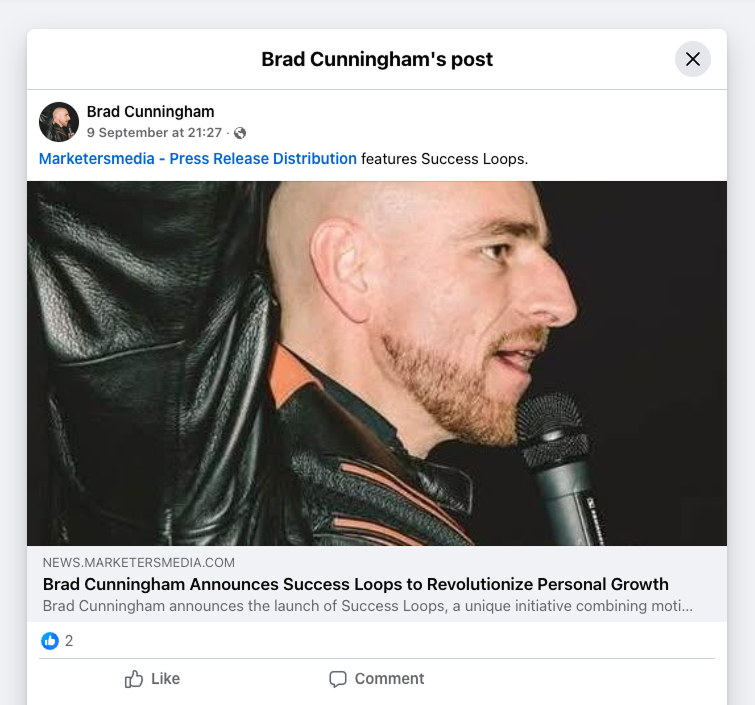
Put It On Your Website
Publish every press release in a dedicated newsroom section of your website. This creates a searchable archive, improves SEO, and provides a resource for journalists researching your organization.
Wrapping It Up
Press releases remain powerful tools for nonprofit communications. They build credibility, raise awareness, and drive support when executed strategically.
Focus on genuinely newsworthy moments. Write clearly and concisely. Include human stories and hard data. Build relationships with media professionals who cover your issue area.
Track results through proper attribution and analytics. This proves value and justifies continued investment in PR.
The most effective approach treats press releases not as isolated announcements but as foundational content that drives value across all your communication channels. When you can demonstrate conversion rates and long-term brand benefits, you position your organization to secure the funding and support needed to advance your mission.
Frequently Asked Questions (FAQ)
Q: What are the top reasons journalists reject nonprofit press releases?
A: The top reasons include: writing off-putting headlines, burying the most important information instead of leading with it, making the release too long, using too much jargon, and sounding overly promotional. Journalists also reject releases that are poorly targeted or lack genuinely newsworthy content. Keep it concise, clear, and relevant to their audience.
Q: When should I use a Media Advisory instead of a Press Release?
A: Use a Media Advisory (or press alert) if your goal is to invite journalists to cover an upcoming event (like a press conference or charity function). It's a concise notice sent days before the event, containing only the essential facts (the 5 Ws) to secure their attendance.
Q: Should I send a press release before or after an event?
A: Send both when possible. A pre-event press release announces your fundraiser, gala, or community event, creating anticipation and driving attendance. It should include event details, the cause you're supporting, and how people can participate.
After the event, send a follow-up press release with the results: funds raised, attendance numbers, and quotes from participants or beneficiaries. This creates a complete story arc and gives you two opportunities for media coverage.
For major events, this dual approach maximizes visibility. The pre-event release builds awareness, while the post-event release demonstrates impact and provides concrete results that journalists can report on.
Q: Beyond immediate media coverage, what is the long-term value of a press release?
A: The long-term value is as a permanent digital asset that drives SEO and website authority. You realize this value by optimizing the release's boilerplate and anchor text links for maximum SEO impact, generating sustained traffic long after the initial news breaks.
Q: When should I use a press release versus just posting on social media?
A: Use a press release for major milestones that deserve formal media coverage and third-party credibility (grants, new programs, significant impact). Use social media for regular updates, behind-the-scenes content, and direct community engagement.
For maximum impact, use both: issue the press release for media coverage, then amplify it on social media with bite-sized summaries that link back to the full release.
Free Press Release Template
Tell us where to send your PDF:
